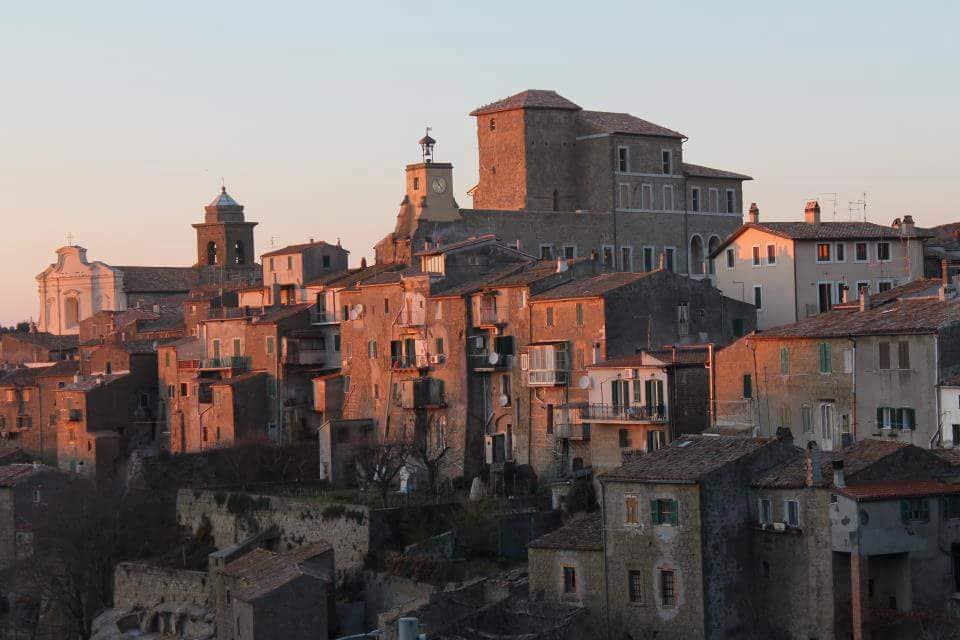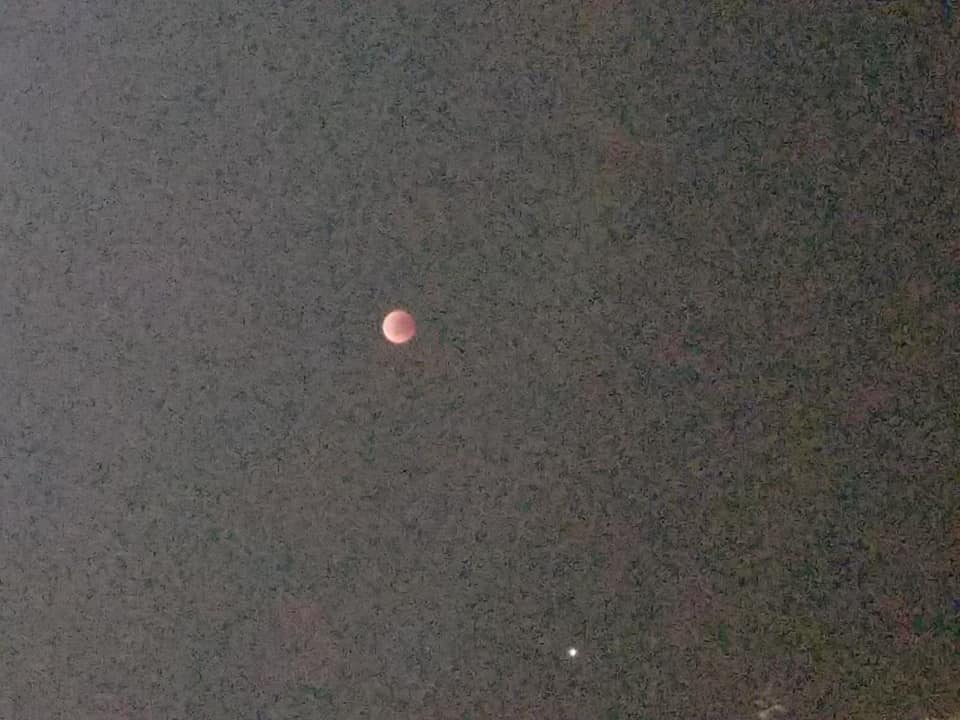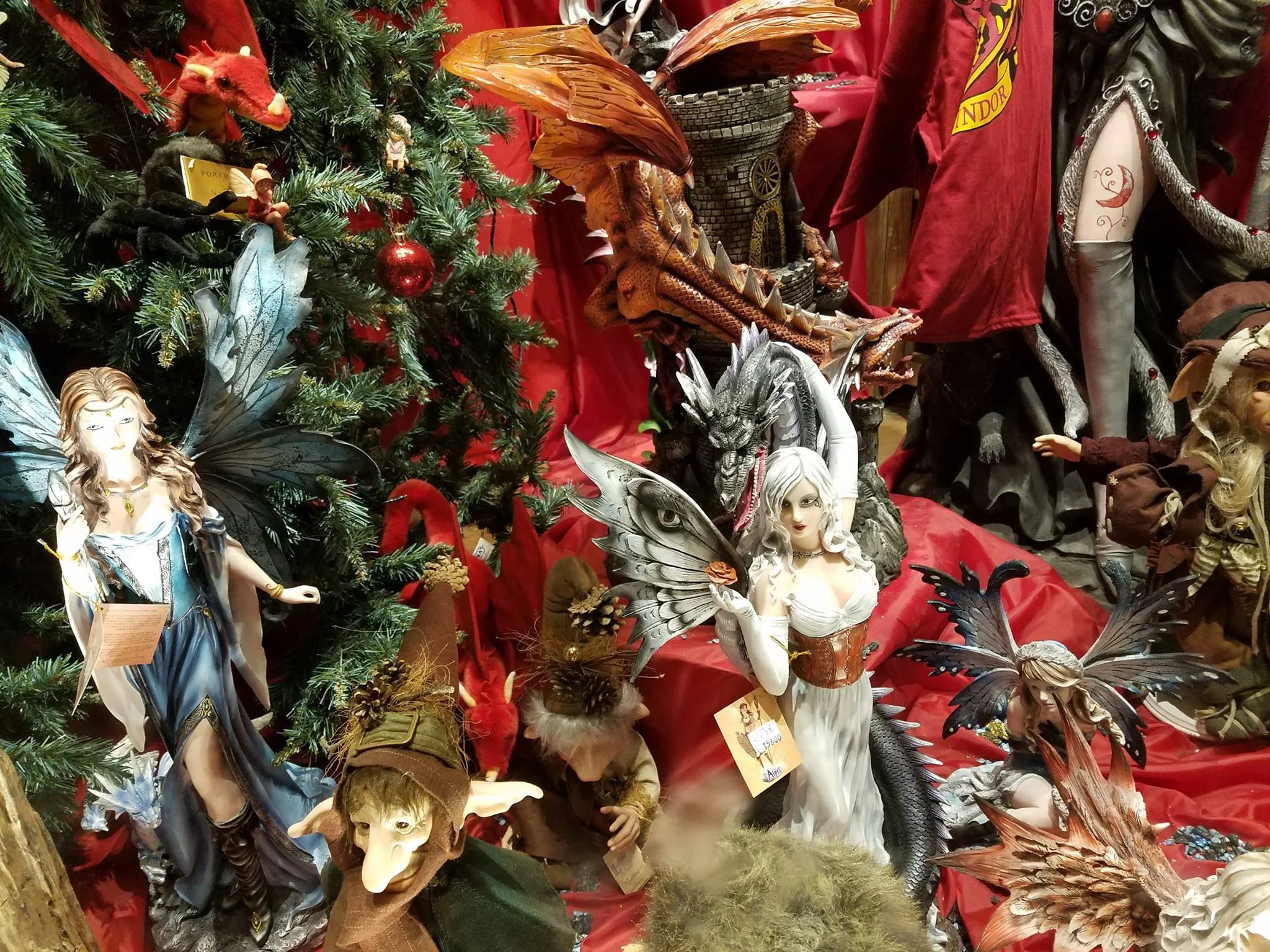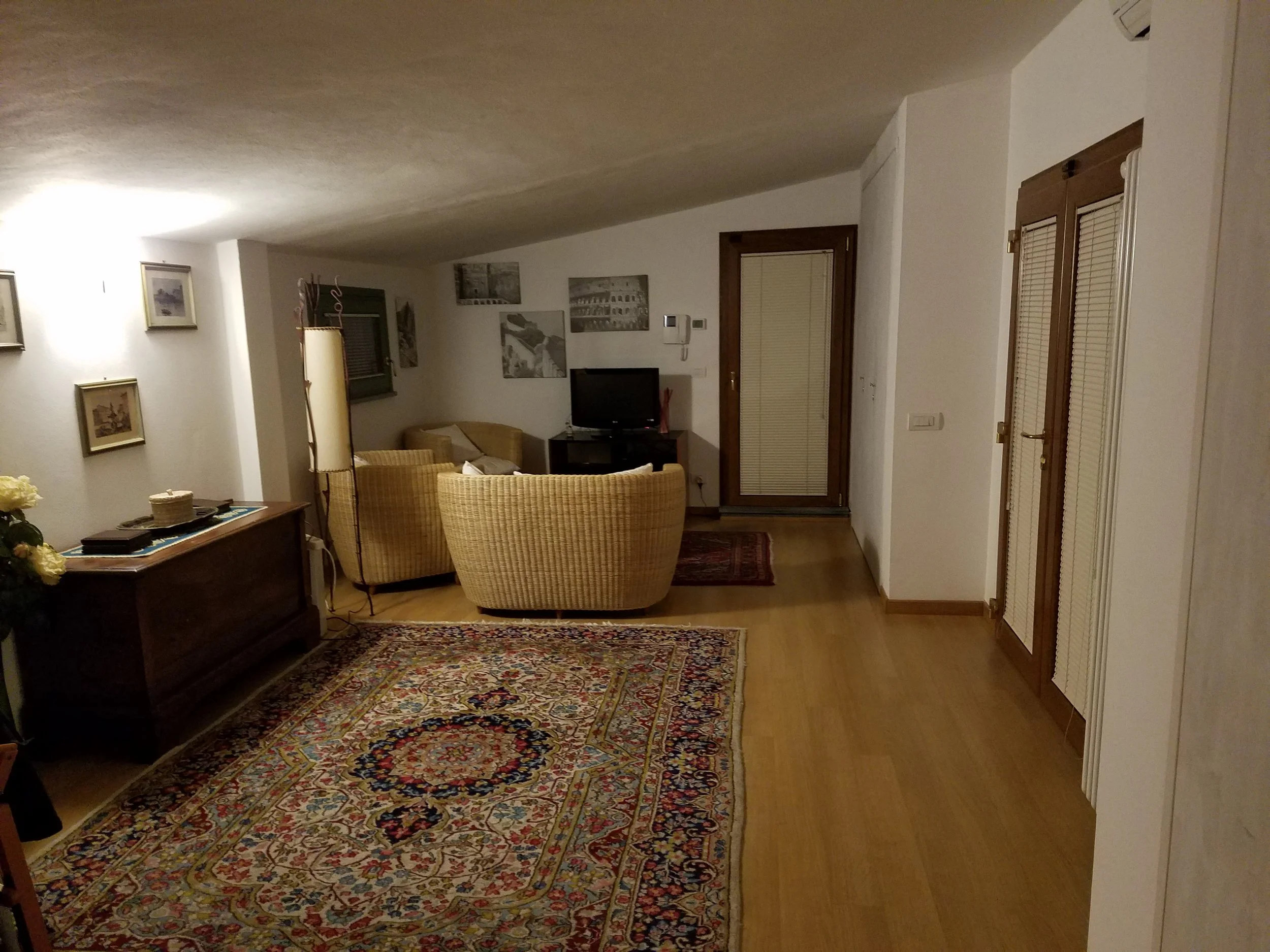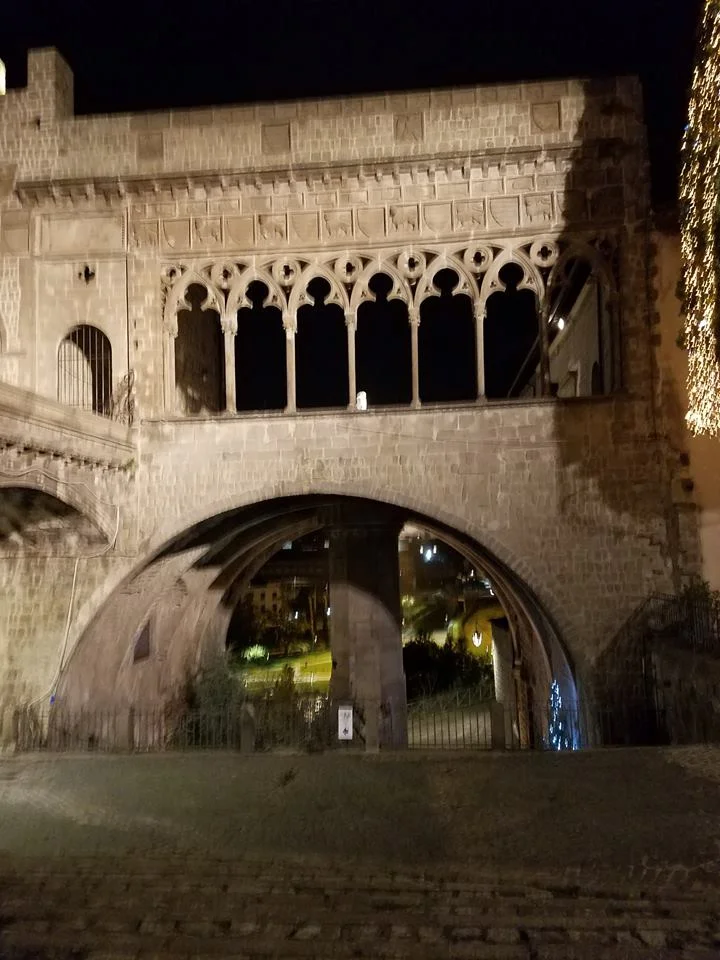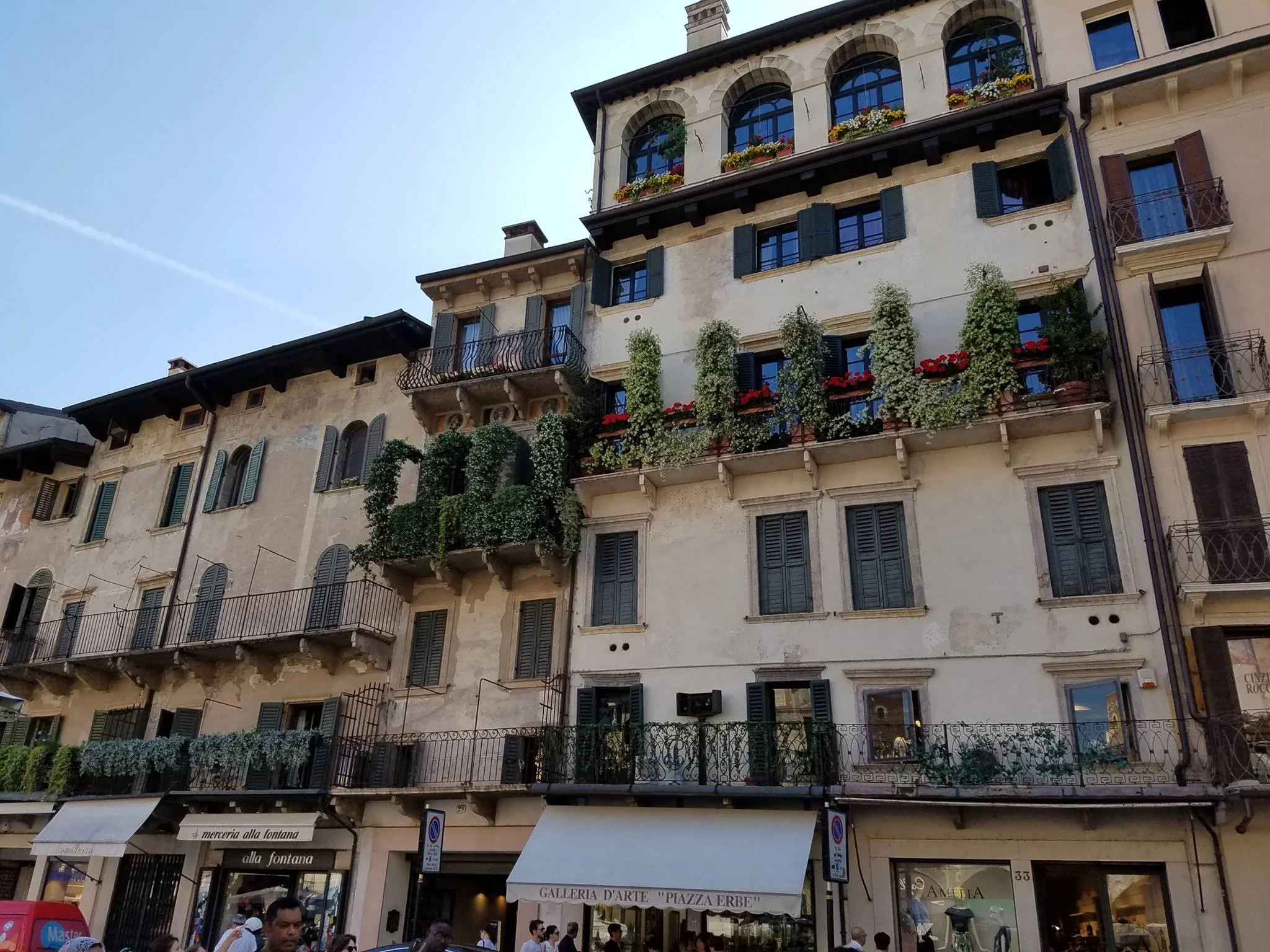Canino
Small, Etruscan town, part of the Maremma Laziale. Close to Vulci and the destroyed city of Castro. Napolean’s brother, Lucien was lord of and is buried in Canino. The small town is close to the sea, the Limone Park hills. Grapes and olives are grown in this zone, notably the olive oil Extra Vergine di Oliva, from Canina olives.
Capodimonte
Capodimonte is on the southern edge of Lake Bolsena. The long sandy volcanic beaches are perfect for sunbathing, taking a stroll, and dining outdoors while enjoying spectacular views. Don’t miss sunset over the lake.
Gradoli
Small town dating to the middle ages, Gradoli once housed a Farnese summer Palace and Castle. Some remains exist, but most have been lost to history. Several restaurants offer stunning views of Lago di Bolsena along with delicious local dishes. Minutes to the lake and beaches, Gradoli offers an authentic taste of Medieval Italy.
Latera
Authentic, medieval, strategic, architecturally stunning, historically significant, and just a charm, Latera can attribute its current beauty to the Farnese influence. Fountains, tufo, the lake-all make Latera a great destination to visit and enjoy its charms. The church and castle are worth a visit.
Marta
Disputed Phoenician or Etruscan origins, there is no doubt the city was mired in surrounding squabbles. A walk along the medieval streets on the hillside offer magnificent views of the lake. A wonderful walking path bordering the lake offer many dining options.In summer, the octagonal Clock Tower (included in the coat of arms for Pierluigi Farnese) offers stunning views of the lake and surrounding countryside. Participate in the Feast of the Madonna del Monte (Feast of the Past) at dawn every May 14. A beach town with the expected Italian flavor.
Montefiascone
On the southeastern part of Lago di Bolsena, and just north of the metropolis of Viterbo, Montefiascone is a well populated, vibrant and greatly historic medieval town. Etruscan, Roman, Eneolithic, Ghibelline, Papal-all phases of occupation and development are included as in most towns in the northern tip of Lazio. Pope Martin IV stayed at the Rocca, and his greed, especially of the eels fished from the lake, inspired Dante to place him in Purgatory, in the frame of gluttons. There is a restaurant on the lake named Purgatory and another named Paradiso, preserving Dante’s account! It is said that Rossini set his Cinderella in this magical city-once defined as the Pearl of Upper Lazio. A wine festival draws thousands of visitors in August and there is an Arial flyover staged every year, spraying the proud colors of Italy. Absolutely a must while visiting the region.
Piansano
Local, small borgo with medieval roots, suffered much the same trajectory and fate of other nearby villages. One key difference is that Piansano was bought and sold many times, as well as conquered. Beautiful medieval buildings, parks and views await you in Piansano.
Valentano
Inhabited since prehistoric times, through the Etruscan Roman times, and the protection of the Farnese rulers, Valentano has remained alive and relevant. As with all the surrounding towns, The Castro War of 1649 and the destruction of the central city of Castro, power transferred again. The Rocca Farnese, formerly a palace, was briefly transformed into a monestary. The administrative papers of the Castro, which contain rare recording of the history of the region, are housed in Valentano. Anyone studying Ancient Rome, the Etruscans or the Farnese rule would be able to look to the Archives stored here for research. A visit to the museum, library, a number of churches and a walk around the historic town will reward you handsomely. Many homes have spectacular views of Lago di Bolsena. Within minutes of Ischia di Castro, you’ll most certainly want to visit.




























